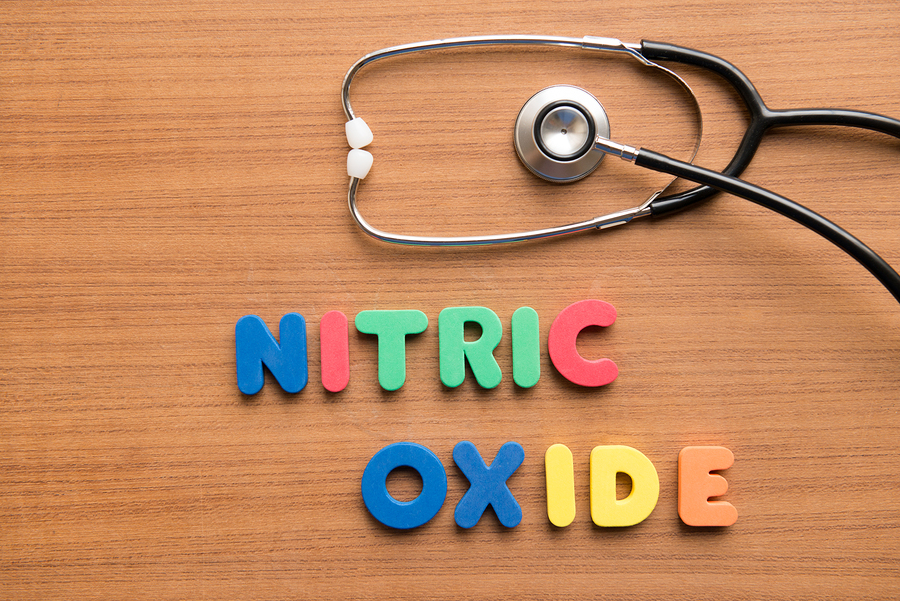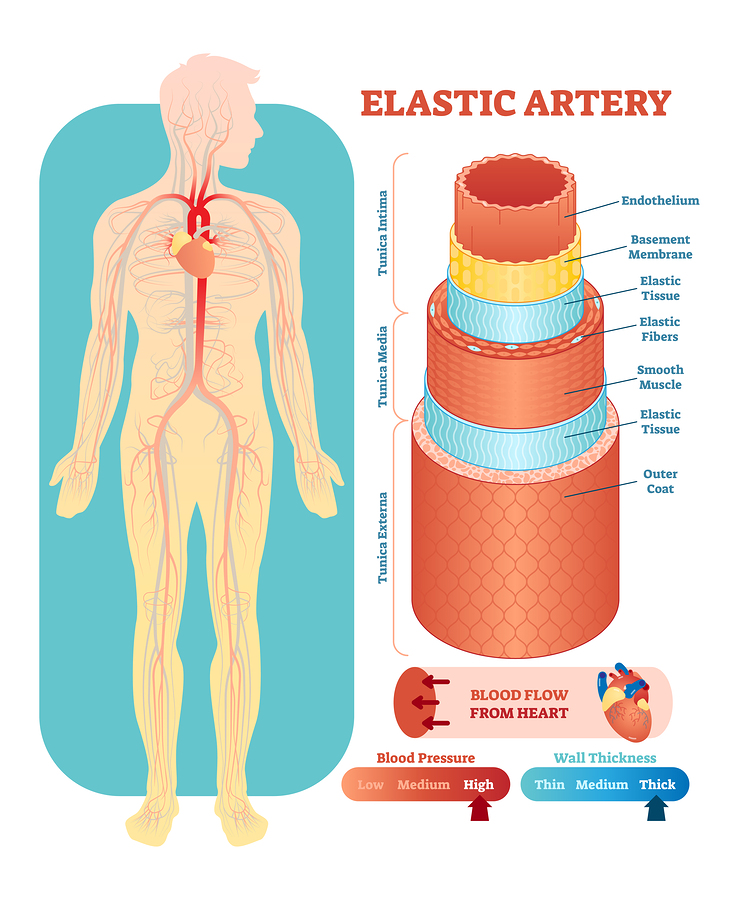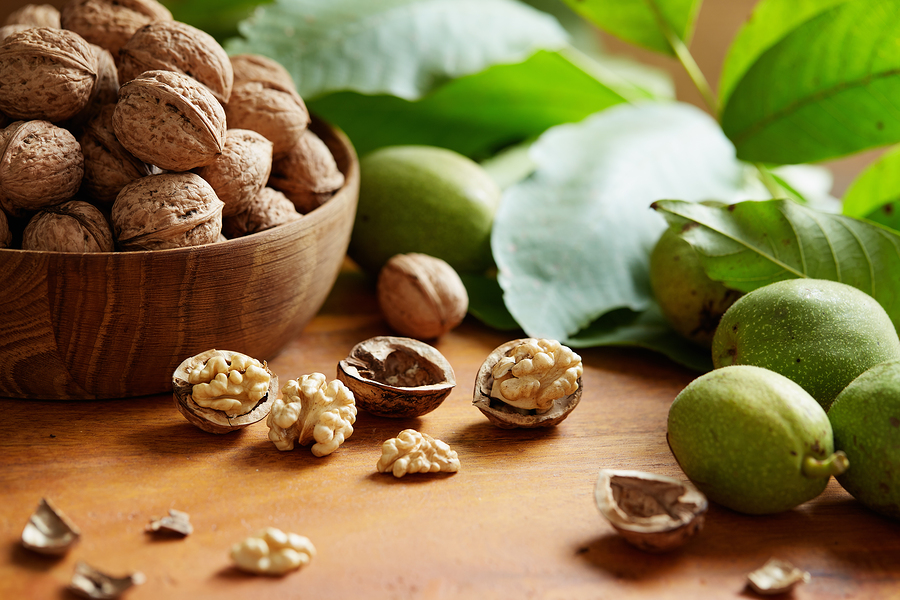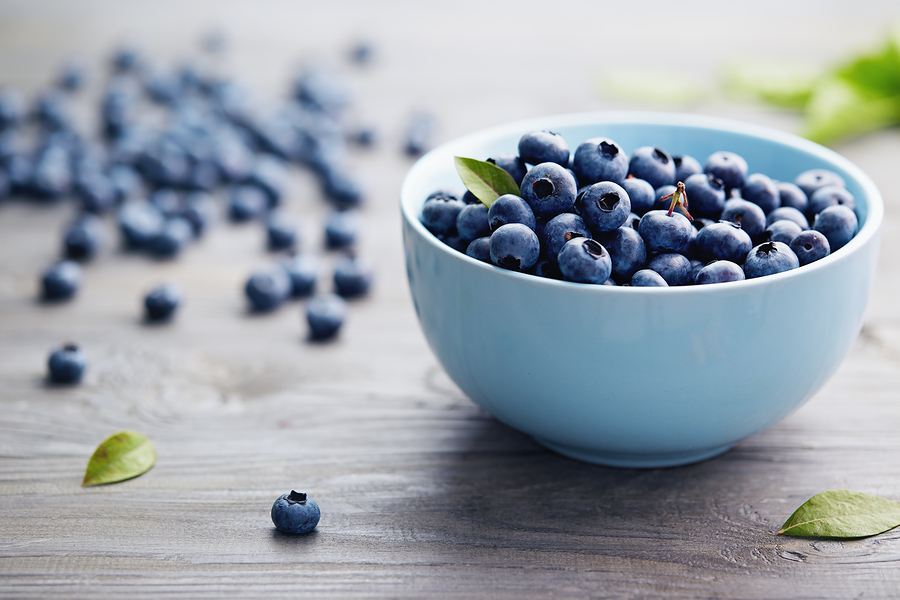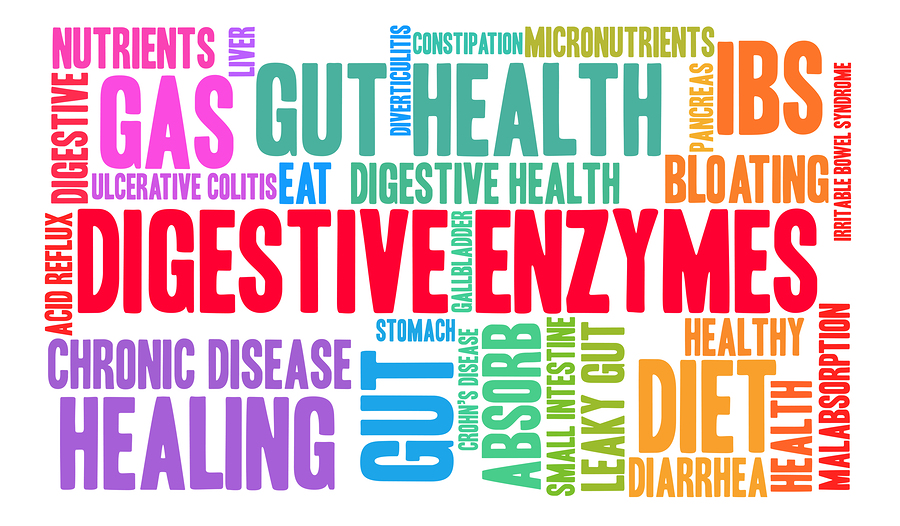There are 6 key ingredients that can help you optimize nitric oxide production. Nitric oxide is key to your vascular health as it helps you enjoy the following benefits:
Improved Blood Flow By Relaxing the Smooth Muscle of the Vascular Wall
Reduce Your Risk for Strokes and Heart Attacks by Keeping Blood Platelet Cells From Sticking Together
Helps to Initiate Repair Mechanisms to Heal Damage to Your Vascular System
All of these benefits are important to your cardiovascular health. Which means learning how to optimize nitric oxide production also helps you harness these benefits for improved health.
To help you learn which 6 ingredients are key to nitric oxide production, I’ve recorded a video that will walk you through this process. Enjoy!
And for those who prefer to read the information, I’ve summarized it below the video.
